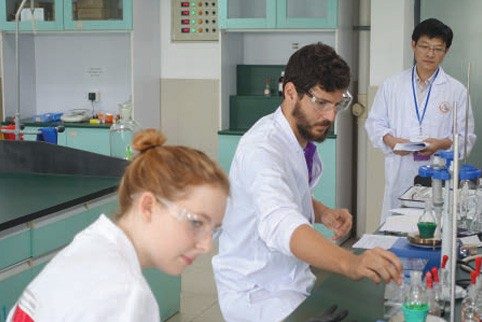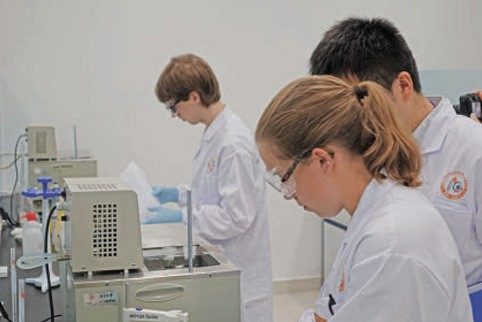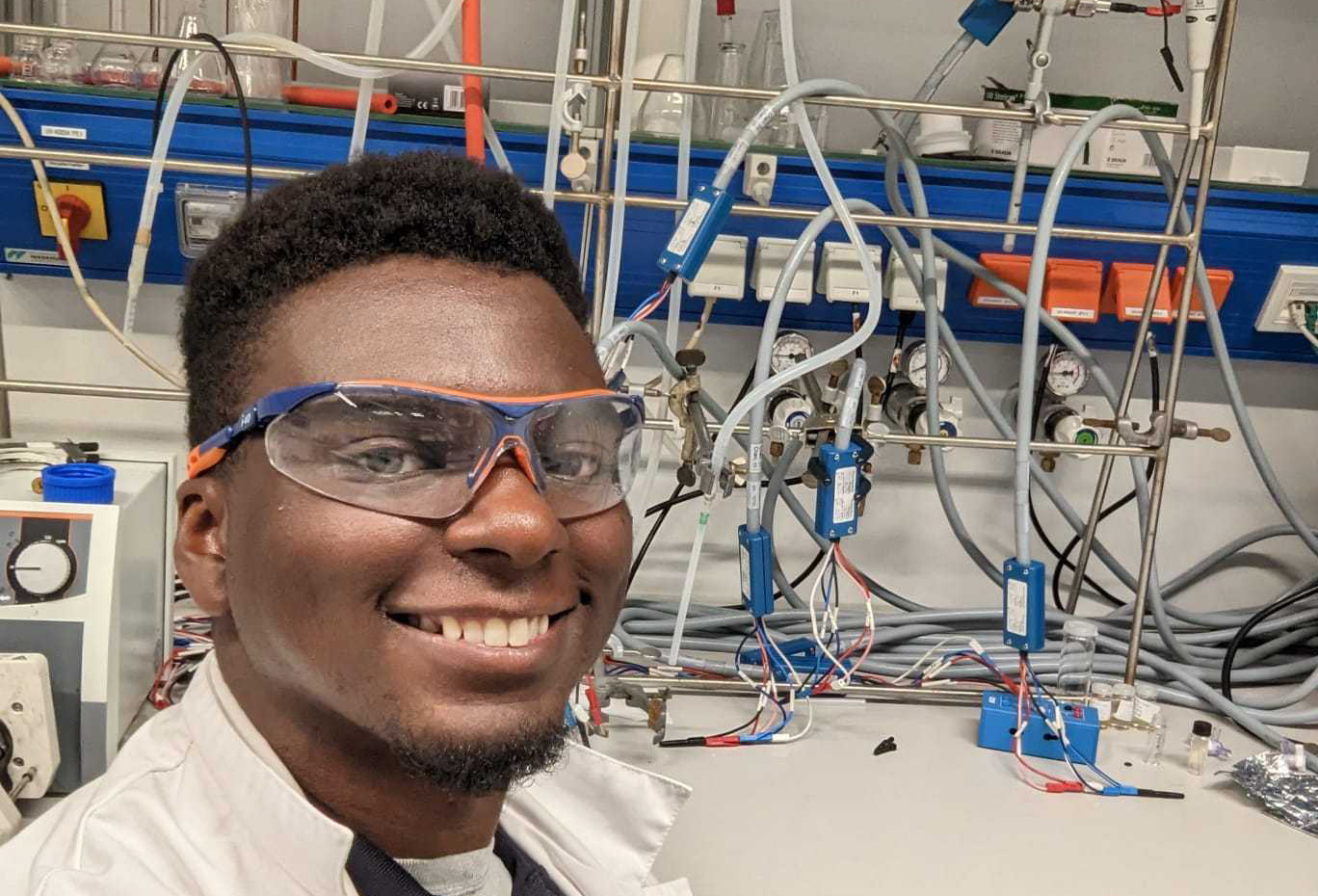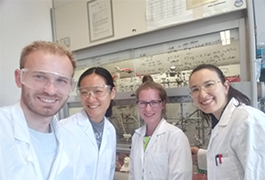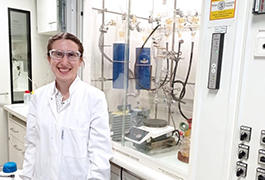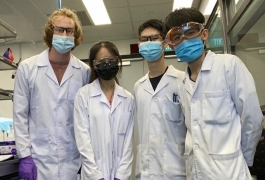Chinese Lab Tournament Challenges Guest Teams To Experimental Competition

Students from the University of Michigan-Ann Arbor (UM) and the University of Sheffield, UK (USUK) recently participated in China’s National Undergraduate Chemistry Laboratory Tournament (NUCLT). Held July 6–10, 2016, at Nanjing University, Xianlin, the tournament celebrated its 10th anniversary by hosting two teams of foreign student participants for the first time. The event drew three-student teams — all rising seniors — from 43 campuses all over China. More than 200 faculty members attended a concurrent conference to share ideas about laboratory teaching. The students from the University of Michigan and the University of Sheffield participated fully as honorary guests.
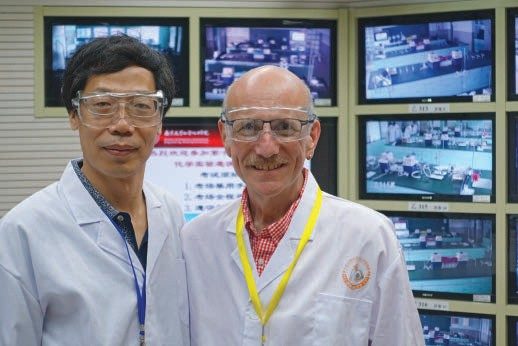
“The design of this tournament sends a powerful message about fairness, the true spirit of competition, and getting at the underlying question of how Chinese universities are doing in the laboratory education of their students,” says Professor Chengjian Zhu of Nanjing University, one of the chief organizers of the competition. “Another intent we have for this tournament is to continue to encourage our best students to pursue their scientific career interests.”
To participate, each school sends the organizing committee a list of at least 30 potential team members, out of which three are chosen at random and notified of their selection about two weeks prior to the tournament. Students are anonymously assigned to one of three groups. On the night before the competition, each faculty representative draws three identifier letter-number combinations at random. During the competition, the participants are only known to the judges as Competitor A24, B06, and so forth.
On the first day, all of the students take a 2-hour written examination comprising 77 open-ended questions on laboratory procedures and experimental methods. On the morning of the second day, 30 minutes before the start of the 7-hour practical, a blind drawing is used to assign each group (A, B, C) to a set of organic, physical, or inorganic/analytical experiments. The students spend the day carrying out these procedures under the watchful eyes of the judges.
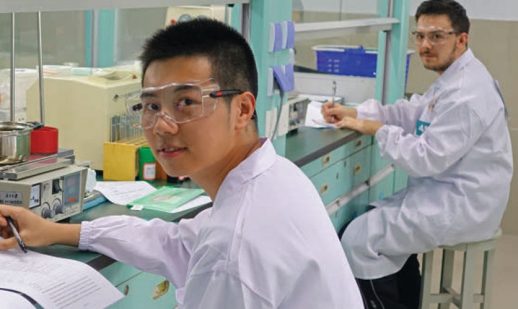
The UM and USUK students had an appropriately eyeopening experience. As Mike Payne and Qiuhan Li from the UM explain, “The educational emphasis in China simply seems to be different. Not better, not worse, just different.”
“My impression,” Payne continues, “is that we focus less on the functional details of process and procedures and more time on design and interpretation. We may do so because we tend to just follow the process steps as written directions, or because the operation may be automated. There were things on that test I’ve just never thought about, and I find myself wishing I had.”
The students from Sheffield (Amy Smith, Jack Watson, and Dan Reader) reflected on the chance for comparison and conversation on how the U.K. system contrasted with both the Chinese and U.S. programs. Smith agreed with Payne that the written examination emphasized aspects of laboratory practice that were not commonplace in their experience. On the other hand, the USUK students were comfortable with their familiarity and experience, covering a breadth of experimental techniques from their education.
Maddie Herman, a UM senior who is heading to the University of Wisconsin-Madison for graduate school, is an organic chemist who was assigned to participate in the physical chemistry experiments. She thought students at her alma mater could learn from what China was doing. “Not only is the laboratory education here clearly more comprehensive, but some of our labs seem quite stale compared with the ones I was working on, and I would like to see these incorporated into our program.” Peking University Professor Lianyun Duan, one of the original architects of the NUCLT, says, “We need to do everything we can to promote excellence in experimental chemistry, because only through doing the best science can we solve some of the world’s most vexing problems.”
